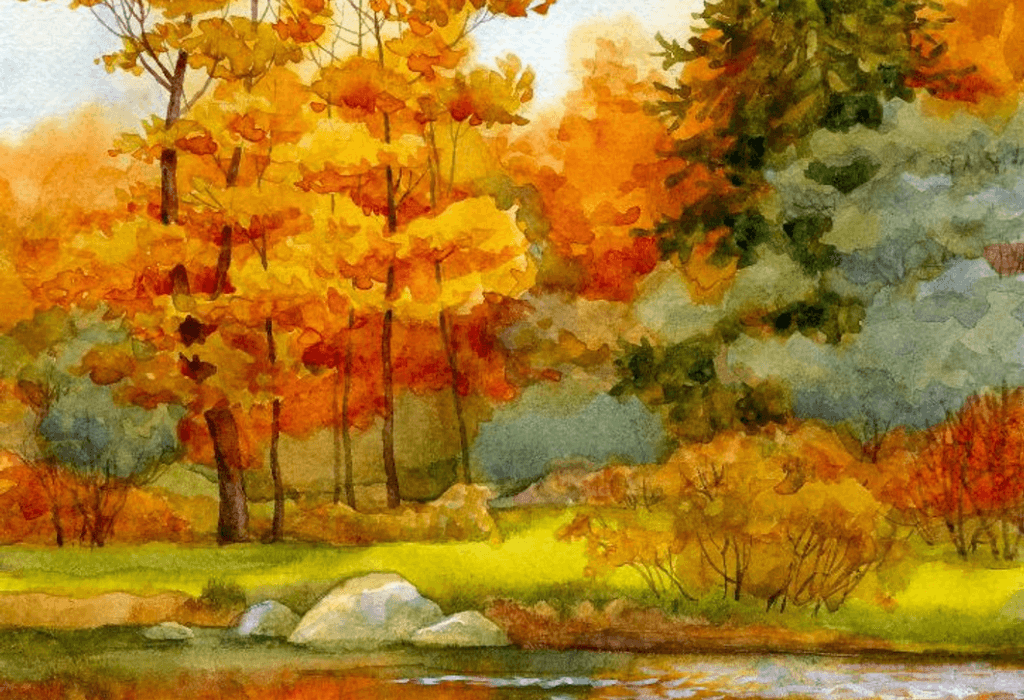
Nature Canvas Painting A Journey into Artistic Serenity
Nature Canvas Painting
Nature has always been a source of inspiration for artists. From the breathtaking landscapes of towering mountains to the tranquility of a flowing river, painting nature on canvas allows artists to capture its essence and express emotions through colors and strokes. Whether you’re a seasoned painter or a beginner, nature canvas painting offers a therapeutic escape and a chance to bring the outdoors to life in your artwork.
Why Choose Nature as Your Painting Theme
- Timeless Beauty – Nature never goes out of style. The scenic beauty of forests, oceans, and sunsets always captivates viewers.
- Emotional Connection – Painting nature evokes emotions, whether it’s peace, joy, or nostalgia.
- Therapeutic Benefits – Engaging in painting is a form of mindfulness that reduces stress and boosts creativity.
- Endless Inspirations – Every season, sunrise, and landscape presents new color palettes and perspectives to explore.
Essential Materials for Nature Canvas Painting
To create a stunning nature painting, you’ll need:
- Canvas – Choose a stretched canvas or canvas board based on your preference.
- Acrylic or Oil Paints – Acrylics dry faster, while oils provide a richer texture.
- Brushes – A variety of brushes, including flat, round, and fan brushes, help in detailing.
- Palette and Water Cup – For mixing colors and cleaning brushes.
- Reference Image – A photograph or outdoor scenery to guide your painting.
Step-by-Step Guide to Painting Nature on Canvas
1. Choose Your Subject
Decide whether you want to paint a landscape, forest, waterfall, or floral scenery. Research references or create a sketch to plan your composition.
2. Prepare Your Canvas
Prime your canvas with a base coat, such as a soft gradient for the sky or an earthy tone for depth. Let it dry before adding details.
3. Start with the Background
Paint broad strokes for the sky, mountains, or ocean to establish the overall scene. Use a blending technique to create a seamless transition between colors.
4. Add Midground and Foreground Details
Begin adding trees, hills, or water reflections. Layer colors and use different brush techniques, such as stippling or dry brushing, to create texture and depth.
5. Enhance with Light and Shadows
Observe how natural light falls on your subject. Highlight edges where the sun hits and use darker tones to add shadows for a realistic effect.
6. Final Touches
Add finer details like tree leaves, ripples in the water, or birds in the sky. Use a thin brush for precision and depth.
Tips to Improve Your Nature Canvas Painting
- Experiment with color blending to create realistic skies and landscapes.
- Use a sponge or palette knife for unique textures.
- Practice brush control to create delicate details like grass or waves.
- Don’t be afraid to mix colors to find the perfect shades for your scene.
Final Thoughts
Nature canvas painting is not just an artistic endeavor but also a relaxing and fulfilling activity. Whether you create a serene beach sunset or a misty mountain landscape, every brushstroke allows you to connect with nature uniquely. So grab your canvas, let your creativity flow, and embark on a journey into artistic serenity!
